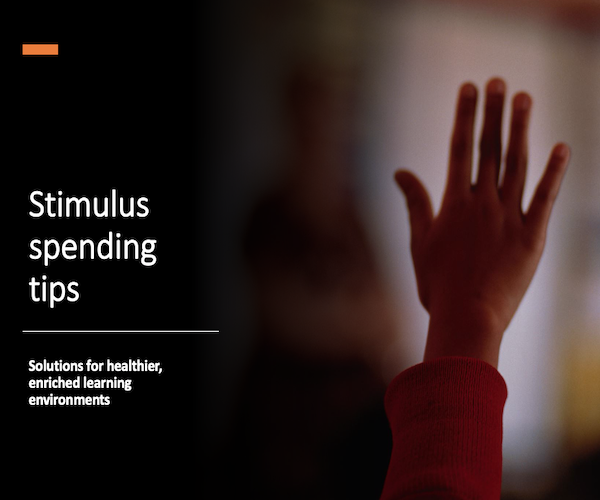Leaders in New York’s Sewanhaka Central High School District wanted to equip students and teachers with “transformative” ed-tech, and they have found a way to do it more affordably.
All 8,200 students in the grade 7-12 Long Island district’s five high schools get an iPad, which is refreshed in their sophomore years.
Teachers receive an iPad Pro and a MacBook, which are also upgraded regularly, says Brian Messinger, the coordinator of classroom instructional technology and student achievement.
To make this 1-to-1 program financially feasible, the district leases all the devices for four years and then sells them back to a company called Second Life Mac, Messinger says.
“We’re getting the devices that our students, teachers, parents and administrators thought were best positioned to transform teaching and learning,” he says. “We have discovered that when you factor in the buyback value of the devices, the total cost of ownership is more effective to have iPads.”
In fact, the payback came in at three times the value that Sewanhaka’s administrators had expected, he said.
“We expected to refresh after three years and use the proceeds to pay off the fourth year of the lease,” said Messinger said. “We’ve found that the proceeds from the sale actually paid for half of the third year, as well.”
The district’s educators consider iPads transformative ed-tech because the devices excel at promoting creativity and student-centered discovery. iPads, for instance, equip students with movie, recording and animation studios, Messinger says.
“We did not plan the 1-to-1 program to weather a pandemic but we’ve found the skills we’ve been developing with teachers and students made the transition to remote learning as seamless as it could be under the worst of circumstances,” he says.
The funding freed up by the buyback program has allowed the district to offer teachers more professional development, particularly in transforming instruction with the iPads, he says.
“The best advice I have for districts that are evaluating technology is to select the devices that are best for learning and teaching, and not let the cost drive the selection,” said Messinger.
Considering upfront costs
After Second Life Mac acquires the devices, all data is erased and they are refurbished for retail and wholesale sales, but never sold back into schools, says Paula Currie, the company’s vice president of procurement.
She also recommends district administrators set regular schedules for selling back devices to get a higher pay out. For instance, after three years, iPads begin to lose their value for teaching and learning but the resale value is still high.
“Refreshing in the fall when demand is high will result in a higher payout than refreshing during the summer when there is a glut of used iPad on the market,” Currie says.
More from DA: 4 ways Minnesota aims to boost students’ digital wellbeing
Refreshing devices when demand for used Apple technology is high and the supply is low can net districts an additional 12% or more, she says.
On a fleet of 2,000 iPad, this can equate to $34,000.
She also cautioned districts from feeling pressured to use taxpayer dollars on the cheapest options.
“While a lower upfront cost may be enticing,” she says, “the practice of purchasing high-quality equipment that holds its value, and then reselling those devices at the end of their lifecycles, can provide districts with a lower total cost of ownership.”









